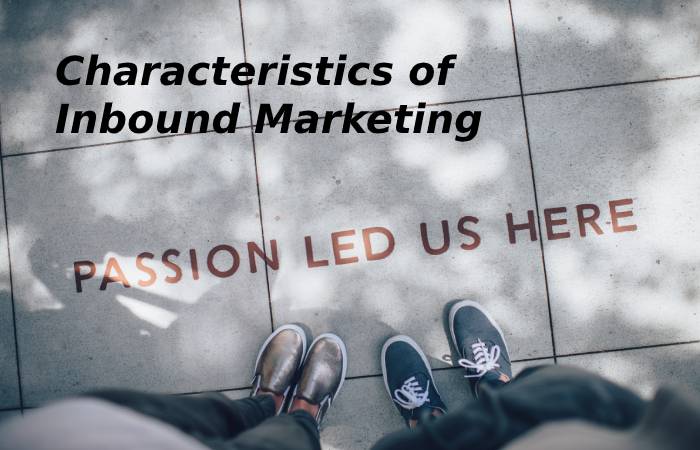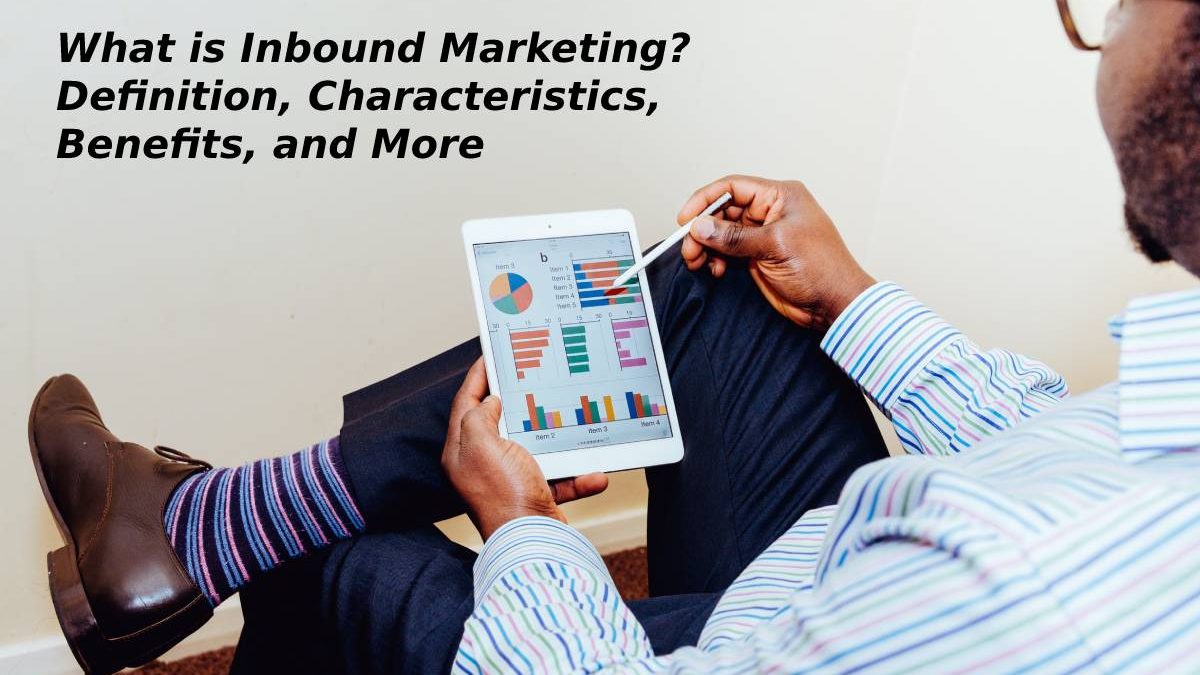Table of Contents
Definition
Inbound marketing is a digital marketing technique used to attract people interested in a brand, product, service or company. For this reason, it is also frequently referred to as “attraction marketing”.
Unlike other “invasive” techniques, in terms of how to interact with (possible) customers for the first time, this can be considered “permissive” since you only interact with people who express interest and, above all, everything, your consent.
In general, the Inbound Marketing process consists of 4 stages :
- Attraction.
- Catchment.
- Conversion.
- Loyalty.
In this context, the immediate objective is not to make a sale but to provide helpful, up-to-date information of interest to those who may be interested in our product or service. In this way, two-way communication is strengthened and, progressively, loyalty and preference during and after the purchase.
5 Characteristics of Inbound Marketing

As in any other technique, Inbound Marketing has a number of its characteristics:
1. Inbound Marketing can be very cheap
Many of the mechanisms used generally have free options for both companies and (potential) customers. However, investments may stay required depending on the nature or objectives of the project (by scope, speed or volume).
2. Inbound Marketing is dynamic
Once this technique applies, it is possible to continuously monitor its evolution in qualitative terms and, especially, in quantitative terms.
3. Inbound Marketing is much more than the production and dissemination of content
For this reason, it requires prior research and correct strategic planning. Otherwise, we could contact a group of people with no interest in the brand or even compromise the project’s sustainability.
4. Inbound Marketing is automatic
Thanks to the different communication platforms currently available on the market and the publication management and scheduling tools, human intervention is less and less. In theory, the possibility of making errors derived from manual intervention reduces. Likewise, it allows a greater concentration in the activities that require more attention, creativity and personalization.
5. Inbound Marketing involves a process
As in any process, Inbound Marketing make up of stages, through which (potential) clients “pass” and require particular techniques based on the latter’s needs. In other words, at every single step of the conversion path, we must offer an impact according to the requirements at that moment.
5 Benefits of Inbound Marketing
1. Diversify communication channels
It will increase the brand’s exposure and, above all, the opportunities to “be found” by (potential) customers.
Likewise, it allows us to address the public, without the help of intermediaries, to get their attention and, when appropriate, generate the sale.
2. Strength and revitalization of online communities
In the digital field, having many followers can be an indicator to determine the success achieved. However, it cannot be taken as an exclusive factor to measure the results of a strategy (one should not fall into vanity metrics)
For this cause, it is essential to strengthen and stimulate the participation of the community concerning the published content. Thus, the brand’s positioning will be achieved and, most importantly, the preference of customers over competitors.
3. It Makes market segmentation possible
There were “general” actions for mass communication, whose results were difficult to measure in the past. With the help of digital marketing and, above all, with the support of inbound marketing, it is possible to correctly define our target, leaving behind the often superficial categorizations in terms of economic, social or demographic aspects.
4. Increase conversion levels
Market segmentation makes it possible to choose strategies correctly and, depending on the characteristics of each group of customers, make an effort to cover their needs and, thereby, boost sales. That is also one of the bases of account-based marketing or ABM that we talk about and recommend following from B2B Growth.
5. Increases the competitiveness of companies (regardless of the financial resources available)
Today, survival in the market achieve thanks to creativity and innovation both in products (tangible and intangible) and in business processes.
For this cause, it is necessary to expand the strategies used in marketing or use them in combination to communicate our value proposition to the market.
5 Mistakes Frequently made in Inbound Marketing, but that you can Avoid
1. Expect Immediate Results
Although there are many experiences in terms of boosting sales thanks to the so-called “viral marketing” in the digital field, you should consider them exceptional cases and work continuously until you gain public acceptance. Otherwise, impatience can cause you to make the wrong decisions, compromise your credibility, and waste your resources.
2. Entering the market without having researched or planned
Unfortunately, some people rely more on their intuition (when it comes to business) than on making rational decisions based on accurate, complex data.
3. Produce content with little value, originality or utility
In the digital realm, quantity is not synonymous with quality. And for that reason, the continuous creation and publication of content often does not achieve the expected level of acceptance.
4. Underestimating the customer experience
Consumers, buyers, and customers have a “voice”, so they periodically express their opinions, wishes, complaints, incidents, or recommendations through different media. If a company decides to ignore that type of feedback or feedback, it will have an Inbound Marketing strategy destined for failure.
5. Not taking advantage of the control and monitoring mechanisms available today
Some companies possibly take into account the ideas and opinions of their clients to have a continuous improvement process. However, this practice is insufficient to survive in the market or, specifically, to take advantage of the opportunities detected in it.
For these reasons, it is also required to evaluate the results of the actions applied in other areas, to know the behaviour of the competitors and the changes in the environment in terms of politics, economy or legislation, to mention just a few of the most relevant.
Conclusion
The ‘ inbound ‘ part of Inbound Marketing refers to this seismic shift in how companies respond to new customer behaviour. The key is that you are trying to attract people ‘in’ your field of influence while they are jumping around during their buyer’s journey.


Review What is Inbound Marketing? Definition, Characteristics, Benefits, and More.